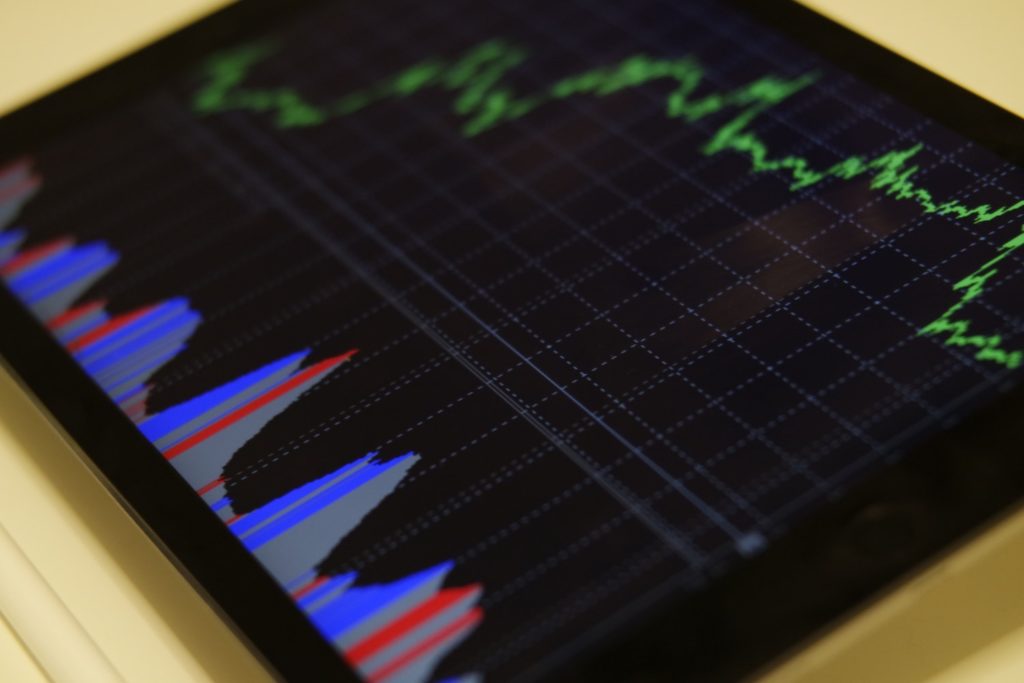
Predictive Analytics Applications in the Supply Chain
The Many Predictive Analytics Applications in the Supply Chain
Predictive analytics has many applications in the supply chain, helping leaders predict what may come next with greater precision. The earlier organizations can make these predictions with confidence, the sooner they can plan, mitigate risks, and seize opportunities before their competition. So many companies are relying on predictive analytics that the market is expected to grow from nearly $5 billion in 2017 to more than $12 billion in 2022.
Predictive analytics applications in the supply chain are many, giving business units insight into what is most likely to occur based on several factors, such as historical data and patterns, market and consumer trends, current performance (company, vendor, partners, etc.), and competitor analysis. One of the primary benefits of predictive analytics is to understand risks that threaten to disrupt the supply chain, growth, brand reputation, security, customer loyalty, and/or profitability, just to name a few.
Related: Predictive Analytics and Supply Chain Network Optimization
When organizations can minimize their risks and take advantage of opportunities, they are in a better position to become and remain a market leader. Those who respond too slowly, particularly in a world that rewards speed, will find themselves losing market share and stakeholder trust.
Predictive Analytics Use Cases
Predictive Analytics in Business Strategy
Gartner says, “Enterprise strategy takes too long to create, is slow to respond to change and relies on leaders being able to make safe assumptions about the future.” Predictive analytics is ideal in developing business strategies, providing an accurate assessment of the present state of the business and predicting outcomes of future events. Using this information, business leaders can increase company revenue, enhance business performance, and minimize risk.
Business strategy is all about making decisions on what needs to be accomplished. The success of those decisions is based solely on the quality of the data that leaders have at their disposal. Historical data is beneficial, but it only displays what has already happened, leaving assumptions and predictions up to decision-makers.
Predictive analytics, on the other hand, combines historical data with current, real-time data from multiple data points, cleanses and analyzes it, and then presents the most probable outcome with great accuracy – all automatically. Because the data is actionable, leaders can make decisions with greater confidence and justify those decisions based on reliable data.
For example, if a company is looking to reduce logistics costs or improve on-time deliveries, they can apply predictive analytics to their supply chain to detect risks that have the most probability to increase costs and delay shipments. This could be inclement weather that delays shipments and results in expired or damaged freight, or extreme temperatures that compromise freight quality.
Related: Predictive Analytics Tools Have Changed Logistics Forever
Intelligent software that uses predictive analytics rapidly assesses a shipment’s origin, destination, pickup time, and projected arrival time. It simulates the shipment’s lifecycle and intersects it with forecasted weather and climate predictions, then scores each shipment on a scale to indicate whether the risk is low, medium or high. It flags the number of miles each shipment will face the predicted hazards.
From there, predictive analytics can be used to analyze the data and present it on a map so business leaders can visualize impacts and instantly see the connection between threats and its supply chain stakeholders. This analysis layer is visible up to 10 days prior to a scheduled shipment, giving leaders plenty of time to adjust lanes, modes of transportation, equipment, schedules, and/or customer expectations to prevent delays or overspend. Going a step further, predictive analytics provides leaders with lower-risk alternatives to help speed their decisions on what actions to take to mitigate higher-risk issues.
Predictive Analytics in Marketing Strategy
Marketing strategies are often an integral part of a business strategy, but predictive analytics works in a different, yet equally beneficial, way when it comes to marketing. In fact, companies must embrace more sophisticated data if they want to develop effective marketing campaigns. Forbes says that predictive analytics is the “next level of using data for marketing success.”
In developing a marketing strategy, predictive analytics helps marketers identify potential and target new customers and markets, high-value existing customers, customer churn issues, innovative products, product line expansion opportunities, and optimal marketing channels.
Predictive analytics uses big data and complex algorithms, machine learning and other technology to assume what the most plausible outcome will be for a given unknown. Marketers receive a treasure trove of consumer and product/service information they could not find anywhere else, at least not at the speed required to make the data valuable.
For instance, when a consumer purchases a particular product, predictive analytics technology ingests that data, along with where and when they purchased, what price they paid, and other products they purchased in tandem. The technology can then compare that data with all other previous purchases to identify patterns and predict what products they’ll purchase next and which products they would most likely purchase if presented to them at the right time on the right channel at the right price.
While no system is perfect, predictive analytics gives marketers the most accurate information possible upon which they can design their strategies. Keep in mind that all of this happens at scale nearly instantaneously, without complicated spreadsheets or manual data collection. The automation inherent in predictive analytics simplifies and speeds the process of understanding the customer, the number one goal of any reputable marketer.
Predictive Analytics in Operations
Predictive analytics have several applications in operations. Because operations encompasses how a business functions, there are few areas where predictive analytics cannot bring value. At the core of business operations is efficiency. The more efficient a business operates without sacrificing the relevance and quality of its products and services, the more revenue and growth it experiences.
Operations leaders are always looking for ways to improve how the business functions. They often have plenty of data at their fingertips but much of it is incomplete, inaccurate, historical, and/or non-operational. There is a gap between the data and the action, between insights and decisions, and that gap takes time to fill. Predictive analytics connects the two, providing accurate data that informs confident, faster decisions at scale.
Many companies use predictive analytics to develop models that forecast inventory and resource issues, product and services pricing targets, fraud risks, and opportunities to improve efficiencies.
For example, a manufacturer can use predictive analytics to gather and analyze past equipment maintenance issues that presented the most risk for order delays and increased operations costs. It not only presents the data to provide insights into patterns, but it also forecasts when issues are most likely to occur, which components are most vulnerable to fail, what kind of disruption it is most likely to cause, and whether replacement or ongoing maintenance makes the most financial sense. Predictive analytics can even be used to identify which manufacturing activities lead to the failure of the particular machinery part so that leaders can determine whether those activities should be adjusted to prevent future failures.
Predictive analytics is improving the business and the supply chain, making both more efficient in delivering value to the end customer. With budgets and resources often shrinking, companies must determine how to operate leaner and smarter. Predictive analytics takes traditional business intelligence to another level, integrating big data from disparate sources, analyzing it, and presenting it in a way that provides instant insights to speed decision-making.



